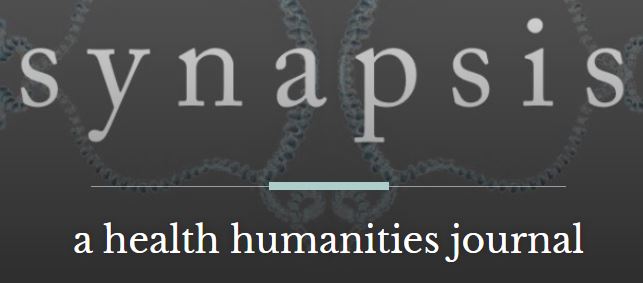This course explores how the body, the senses, interiority, and materiality are constructed in ancient and medieval literary, philosophical, and religious texts and how they are connected with hermeneutic and cognitive practices. Texts from antiquity include Aristotle, Paul, Philo, Plotinus, Origen, and Augustine; texts from the Middle Ages include the Old English Body and Soul and The Ruin, Old English riddles, William of St. Thierry, Rudolf von Biberach, Guigo II, Marguerite d’Oingt, Hadewijch, Bernard of Clairvaux, and Victorine texts. The course will also look at how medieval readings of embodiment dialogue with, are commensurate to, or differ from readings of materiality and embodiment in Hegel, Marx, Merleau-Ponty, Lévinas, Derrida, Nancy, Lyotard, Negri, Agamben, and Butler. Given the tendency in the wave of phenomenology (Merleau-Ponty) to think of embodiment as a kind of radical inter-pentetration of world and body, what differences do we find in the revision to phenomenology evidenced by thinkers such as Lyotard, Derrida, and Nancy? How do the “materialities” in medieval mystical texts and their theological counterparts compare?
The Heyman Center for the Humanities, Room B-101
74 Morningside Drive
New York, NY, 10027
(212) 854-4541
(212) 854-3099


